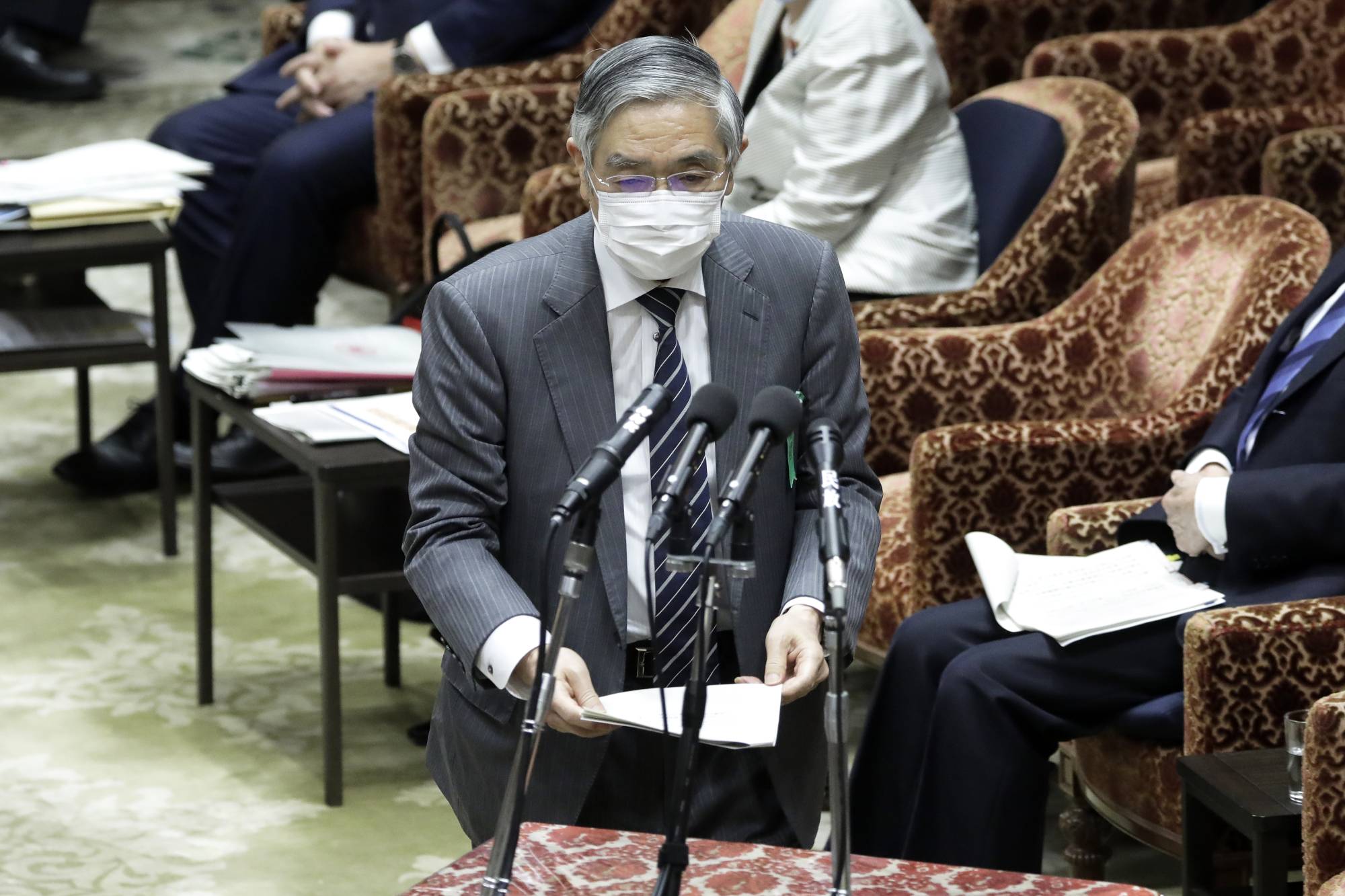The world’s biggest economies have rolled out a plethora of monetary support measures over the past two months. If there’s one central bank that knows how hard bottling them back up will be, it’s Japan, where special operations have become a permanent fixture. Tokyo’s example suggests that policymakers will have an expansive role for years to come, particularly given the depth of the slump from the new coronavirus pandemic.
Japan headed into its lockdown hobbled by poor choices, chiefly an ill-timed hike in the consumption tax at the end of 2019. Gross domestic product fell an annualized 3.4 percent in the first quarter from the prior three months, the government said Monday, following a drop of 7.3 percent from October to December. The contraction in the second quarter will be about 22 percent, according to economists surveyed by Bloomberg News, mirroring the scale of declines in the rest of the world.
Everyone is reeling from COVID-19. What makes Japan stand out isn’t just the tax fiasco, but the long funk that preceded what's likely to become the worst global downturn in a century. The Bank of Japan had been buttressing its economy with massive stimulus long before the Federal Reserve, Bank of England and European Central Bank embarked on a course of ultra-low interest rates and quantitative easing in the wake of the Great Recession. It took that trio a long time to withdraw their support; they had barely disembarked before the virus prompted them to dive back in.



















With your current subscription plan you can comment on stories. However, before writing your first comment, please create a display name in the Profile section of your subscriber account page.